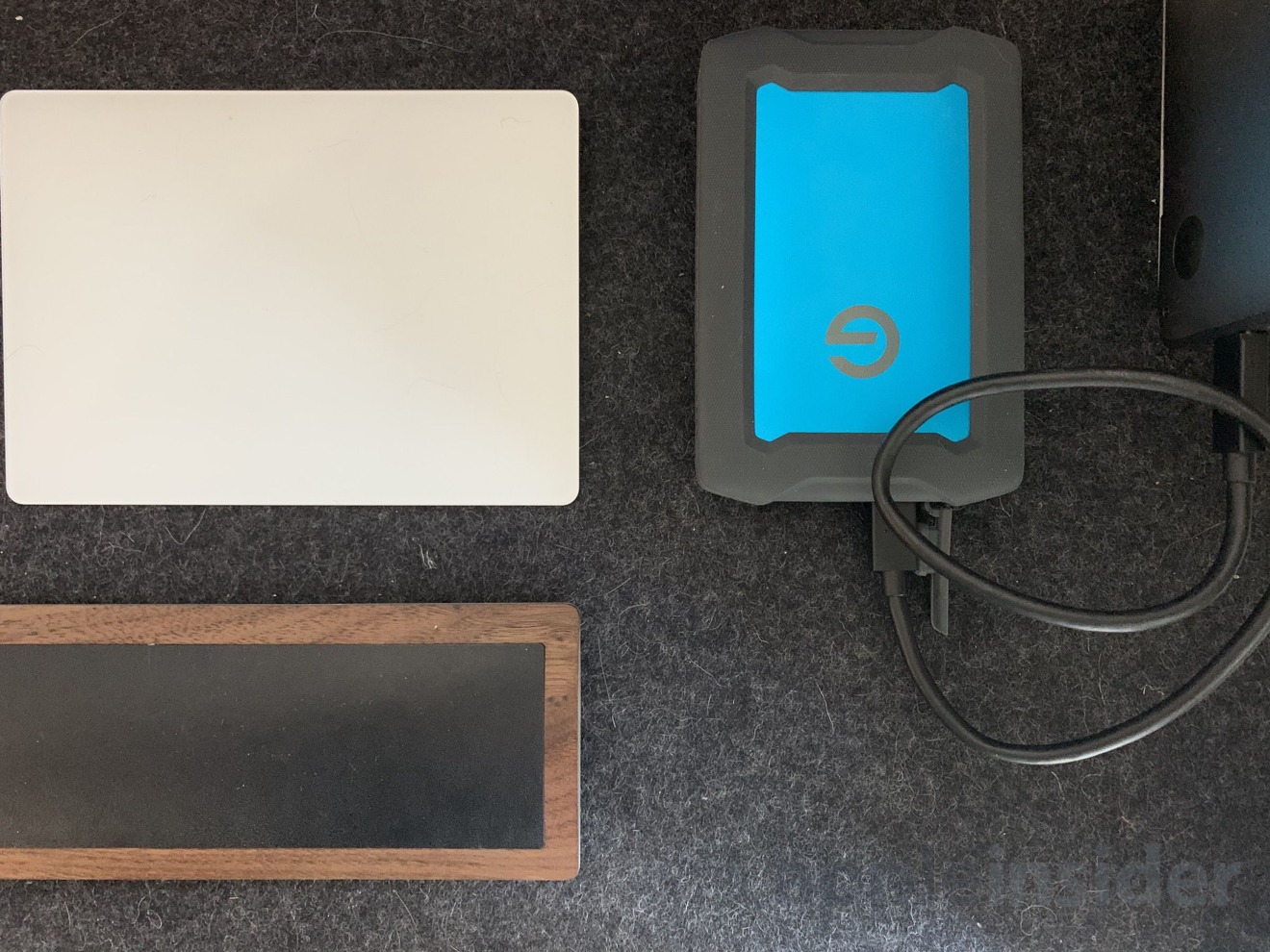How To Format G Drive For Mac Into Exfat
WARNING: Formatting will erase all data on the device. Back up all your data before proceeding.
If you want to transfer files from a Mac to Windows PC and vice versa using an external portable hard drive then you have to have the external drive formatte.
Instructions below are for 10.11.x (El Capitan) and 10.12.x (Sierra)
- Choose exFAT or MS-DOS (FAT) for the format; Choose Master Boot Record for the Scheme; Click Erase; 5. When finished, the drive will be formatted and repartitioned successfully. Click the Done button. NOTE: exFAT is used on SDXC card (64GB and higher). NOTE: exFAT can be used on flash drives or memory cards to transfer files larger than 4GB.
- Hi all, For backups, I’m looking at external hard drives. In particular a LaCie Mobile Drive, 4 TB, External Hard Drive HDD Apparently, it comes in ExFAT (suitable for Win and Mac). Though the 'Toolkit' software will advise Mac users to reformat into HFS+ What format should the HDD be in.
- A) Its a month old WD drive formatted to exFat. B) I also ran diskutil verify and found no errors. C) When I connect to another MacBook, it shows it as ReadWrite. D) I have another hard drive (this one is ExFat too and has been exclusively used on Mac) and I had used it last week and was able to read write. Now that disk also show Read only.
- Right-click the drive you want to format and select Format Partition. At this window, you are allowed to specify partition label, file system as well as cluster size. You can format the drive’s file system to FAT32, NTFS, exFAT, Ext2, Ext3, satisfying all your needs.

How To Format G Drive For Windows And Mac
1. Double-click on Macintosh HD - or in the Finder menu clickFile > New Finder Window
2. Click the Applications folder - if using a Finder Window Applicationswill be in the left side menu.
3. Click the Utilities folder.
4. Double-click Disk Utility.
5. On the left side of the window are the drives connected to the computer. Select the capacity of the drive respective to the one containing the device you wish to format then click the Erase tab.
Example: If the drive is called 'NO NAME', directly above that, you should see the drive capacity of 'XXXX'. Select this capacity.
6. Verify Volume Format is set to MS-DOS file system or exFAT, Scheme is set to “Master Boot Record” (Do NOT select GUID Partition Map) then click Erase.
Instructions below are for 10.13.x (High Sierra)
1. Open Disk Utility. Please See Answer 20985: How to access Disk Utility macOS
2. In the top menu bar, go to View, and choose Show All Devices
3. Select the upper level of the drive you would like to format and click the Erase button
4. Choose how you would like to format the drive
- Enter a Name for your drive
- Choose exFAT or MS-DOS (FAT) for the format
- Choose Master Boot Record for the Scheme
- Click Erase

5. When finished, the drive will be formatted and repartitioned successfully. Click the Done button

NOTE: exFAT is used on SDXC card (64GB and higher).
How To Format G Drive For Mac
NOTE: exFAT can be used on flash drives or memory cards to transfer files larger than 4GB.
NOTE: MacOS 10.6.2 or higher is required for exFAT file system. Some older operating systems must have a patch installed before they can use the exFAT file system.
How To Format A Hard Drive For Mac Exfat

NOTE: If the above steps do NOT resolve the problem or if the lock switch is missing or broken, please back up your data and request a replacement using our online web form.

How To Format G Drive For Mac Into Exfat Windows 7
Related Articles:
Operating systems that support exFAT
Deleting files on a memory card using a Mac
Deleting files on a Cruzer USB flash drive using a Mac
